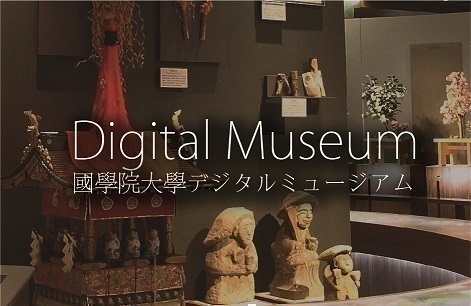- トップ
- Encyclopedia of Shinto
- Kuni no miyatsuko
Encyclopedia of Shinto
| Main Menu: | |
| Links: |
詳細表示 (Complete Article)
| カテゴリー1: | 3. Institutions and Administrative Practices |
|---|---|
| カテゴリー2: | Officiants |
| Title | Kuni no miyatsuko |
| Text | An officer of provincial government in the ancient period. Among the surnames for the office Atai is most common, along with Omi, Kimi, or Muraji. Both Kojiki and Nihon shoki date the establishment of this office to the reign of Emperor Seimu, but this was probably a contrivance on the part of the compilers. According to Shinno Naokichi's theory, the system was probably established from the end of the fourth to the beginning of the fifth century, during the reigns of Emperors Ōjin and Nintoku, when the ancient nation was rapidly reaching a stage of full development. However, Shinokawa Ken's theory is that the system remained undeveloped at that time and did not become established until after the Tsukushi no Iwai Rebellion, in the middle of the sixth century. In any case, when the control of the Yamato court had come to extend over a wide area, and the powerful landholding clans had been drawn into the court's system of control, the office of kuni no miyatsuko replaced the former rule of the provinces by agatanushi (provincial chiefs) and resulted in a more bureaucratic form of government. Further, according to standard views of kuni no miyatsuko, there is an important distinction dating to the Taika Reform imperial edict during Kōtoku's reign. This is between the older, clan-based kuni no miyatsuko, on the one hand, and the new merit-based kuni no miyatsuko of the Ritsuryō system, on the other. The latter had been regarded as involved in actual governance in name only, while in fact being mainly concerned with rites for the kami as a form of regional Jingikan. However, Shinokawa rejects this distinction and regards the supposedly earlier form of the office as a subordinate system established beneath the kuni no miyatsuko. Thus, the old form of the kuni no miyatsuko continued after Emperor Kōtoku's reign as a regional ruler with actual power, not merely in duties as the highest-ranking ritualist, but also in substance as a regional chief. Kuni no miyatsuko appointments were first established in western Japan, later extending to eastern Japan, as far north as the southern region of Miyagi Prefecture, and from Niigata through Tsushima and Kyūshū. Briefly put, the function of the kuni no miyatsuko was the control of the land and its people. Under the Ritsuryō system they might be put in charge of as little as a gun (district) or as much as a province (kuni). They also oversaw the rituals associated with the protective deity of the region (shugojin). Other functions included: 1) commanding an army, exercising powers of police and security, and participating in foreign engagements; 2) presenting horses, weapons, and special products of the area to the court; 3) acting as tomono miyatsuko, to administer bemin (lower-ranking officials) and miyake (storehouses); and 4) and entertaining representatives of the central government when they visited the area. As a career move more than as an official duty, the kuni no miyatsuko dispatched his children and siblings to serve at court as toneri (low-ranking bureaucrats) or yugei (guards), in the case of men, and uneme (palace attendants), in the case of women. At the end of Emperor Tenmu's reign at the end of the seventh century, the significance of kuni no miyatsuko declined as the system was replaced by the strengthening of the kokushi system. The kokushi were provincial governors who were dispatched to the provinces from the political center of the country. However, the Izumo kokusō and the Ki no kuni no miyatsuko are examples of rare cases in which kuni no miyatsuko continued to hold substantial power through the eighth century as administrative leaders of their districts as well as in their other official duties. Those kuni no miyatsuko who were appointed around the middle of the ninth century were mainly officers of the central government and were regarded as title-holders only. Thus, the system gradually disappeared. We can see examples of kuni no miyatsuko who in later years appeared as kannushi: the Munakata family at Munakata Shrine, the Owari clan at Atsuta Jingū, the Aso clan at Aso Jinja, and others. Yet the Izumo clan of the Kitsuki Shrine (now called Izumo Taisha) and the Ki clan of the Hinokuma and Kunikakasu shrines are particularly noteworthy examples of kuni no miyatsuko lineages persisting as the head ritualists of certain shrines to the present day. See also Izumo kokusō and Ki no kuni no miyatsuko. — Matsunaga Naomichi |




